Interview with Ellen Hamilton of Qaggiavuut
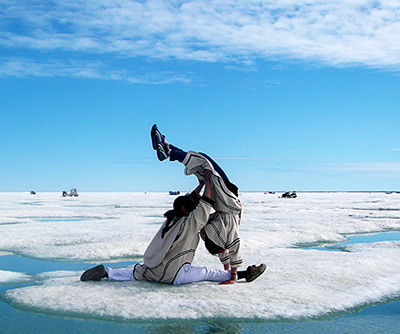
NTS is honored to support Qaggiq, an awe-inspiring project aimed at revitalizing Arctic culture and performing arts through training, experience-sharing and empowering partnerships. With the Qaggiq Performing Arts Summit (which brings together 50 artists from Nunavut, the Northwest Territories, Nunavik and Nunatsiavut in Iqaluit) underway, Qaggiq Executive Director Ellen Hamilton talks about the project’s goals and her hopes for Northern communities.
One of the goals of the Qaggiavuut Society is to preserve traditional Northern culture that would otherwise be lost because it is transferred orally, such as songs. How do encourage the transmission of cultural traditions?
Most of the Inuit in Canada are only two generations away from having lived on the land in a traditional way. During the colonization in the Arctic, most of the performing arts were banished or discouraged by those who were colonizing. Because of that, many songs, dances, storytelling and drum traditions were lost. Some elders held on to that knowledge, but we’re now at a time when there are only a few of them remaining.
At Qaggivuut, we think it’s very important for the human culture to preserve the last remaining of these Arctic art forms. So we’re trying to identify elders who remember traditional songs, stories and dances. We match them with an artist in their community who is interested in learning the art form. Through one-on-one mentorship, the elder talks and performs, and the younger person practices with them.
We’re also encouraging Inuit educators to get involved and to learn these pieces of music, stories, and dances, so they can pass it on to the children they work with.
Your mission to preserve traditional art forms also means to inspire artists to create new art within the tradition of Arctic expression. Can you tell me more about this?
We strongly believe that current performing artists around the Arctic need support to move their art forward. That is primarily what the Qaggiq project is about and what we plan to do with the [Arctic Inspiration Prize](https://ent-nts.ca/en/current-events/news/qaggiq-a-project-co-sponsored-by-the-school-was-honored-at-the-arctic-inspiration-prize/?not-mobile=yes).
The first thing we’re doing is to find out who the artists are, where they are, and what they do – we call this step “culturally mapping”. Then we want to consult with the artists to find out if they need any support or training in order to move forward.
We think it’s very important that everything we undertake in Qaggiq is done in a decolonized way. So we don’t impose anything on artists, rather we consult with them, and ask them what they feel is the best way to support them without controlling them.
How is the participation of Canadian institutions, such as NTS, to the Qaggiq project perceived?
We’re really excited about our partnership with NTS and with other institutions in southern Canada. We want to come together as equal partners to learn more about theatre and performance and to share our cultures. We also have partnerships with professional performing artists from the circumpolar world. Arctic artists have a particular vision and a reality that is very important and needs to be respected, but it would be rather shortsighted of us at the Qaggiavuut Society if we thought that we could do this alone in isolation of other artists in Canada and around the world.
How do you envision the specific contribution of the National Theatre School?
Initially, we’d like NTS resources to help us with delivering skills workshops and it’s starting as soon as the Arctic Performing Arts Summit, from March 14 to 19. **Martha Burns** (Instructor at NTS) will be providing support on-site by helping our artists develop skills in acting and performance. We’re also bringing a choreographer from the National Arts Center to provide support, ideas and feedback. We want to do this sort of thing all the time: bring our artists together and have facilitators and experts who join our group and help us.
We have other inspiring ideas for our collaboration with NTS. We’re not sure how they will look, but we’re really excited about building that.
For you personally, why is this mission important? How did you get involved?
I’ve been an educator and a performance artist myself for many years here in the North. Over 30 years ago, I was working in a very small community in North Baffin. I was hired to help build literacy skills. It was very challenging because we had very few resources and none of them were related to the North and to Inuit. We had a terrible record of failure in education, not only in the school system, but also in the adult education field. We’d sometimes have students for two or three years in a program to learn to read and write, and they were failing.
So, almost out of frustration, I was talking to some people in the community and we decided to build a theatre group. We did this in the evening and it was all voluntary.
I still don’t know why I did it, but before we started the play, I gave a literacy test to everybody in the theatre group, and everybody scored below a grade 3 level. Then, we did the play, and we got excited. By the time we had finished the play, I was looking for funding to help the group and I decided to give the literacy test again. Everybody was now over grade 7 of literacy in English. I had no idea why, because we were creating an Inuktitut play! I couldn’t figure out how this happened. I later went on to study adult education to find out how this occured. What I realized was the great power of the performing arts to build communications and problem-solving skills, and to motivate people to communicate. That’s all you need to learn to read and to speak well: you just need to be excited about language.
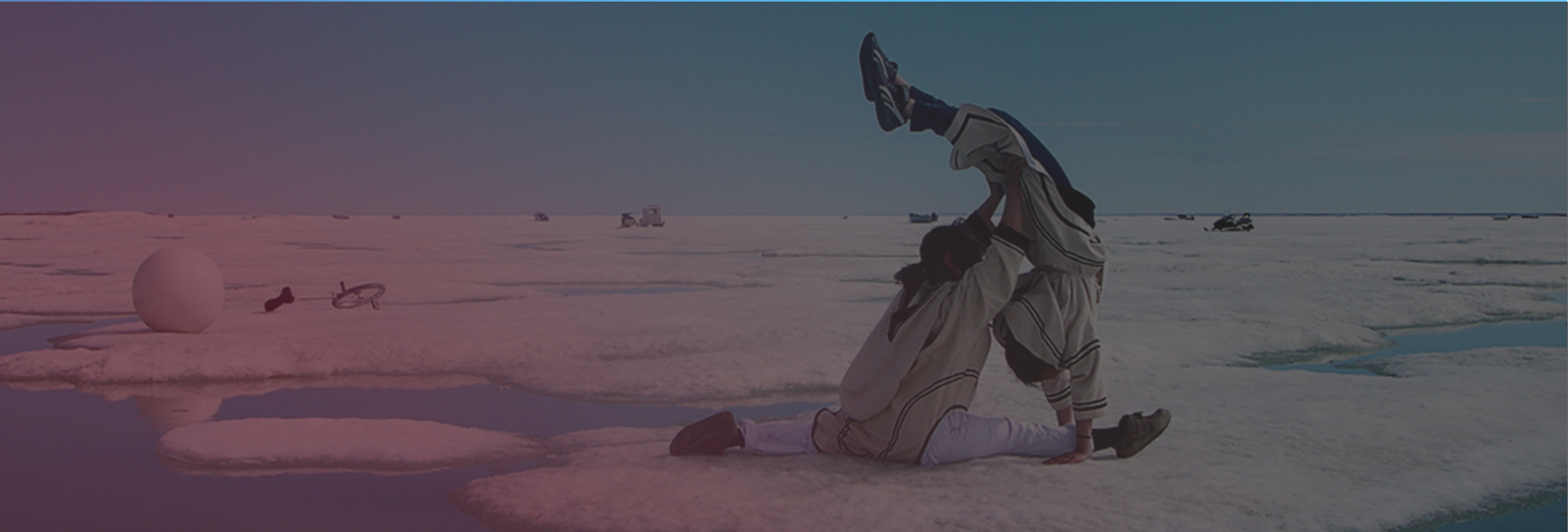
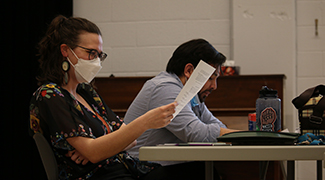
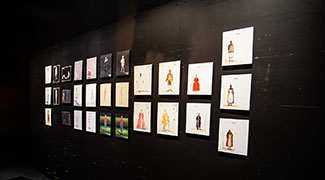
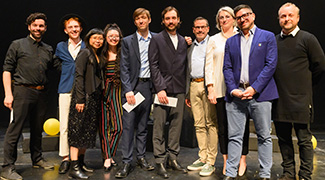
Commentaires